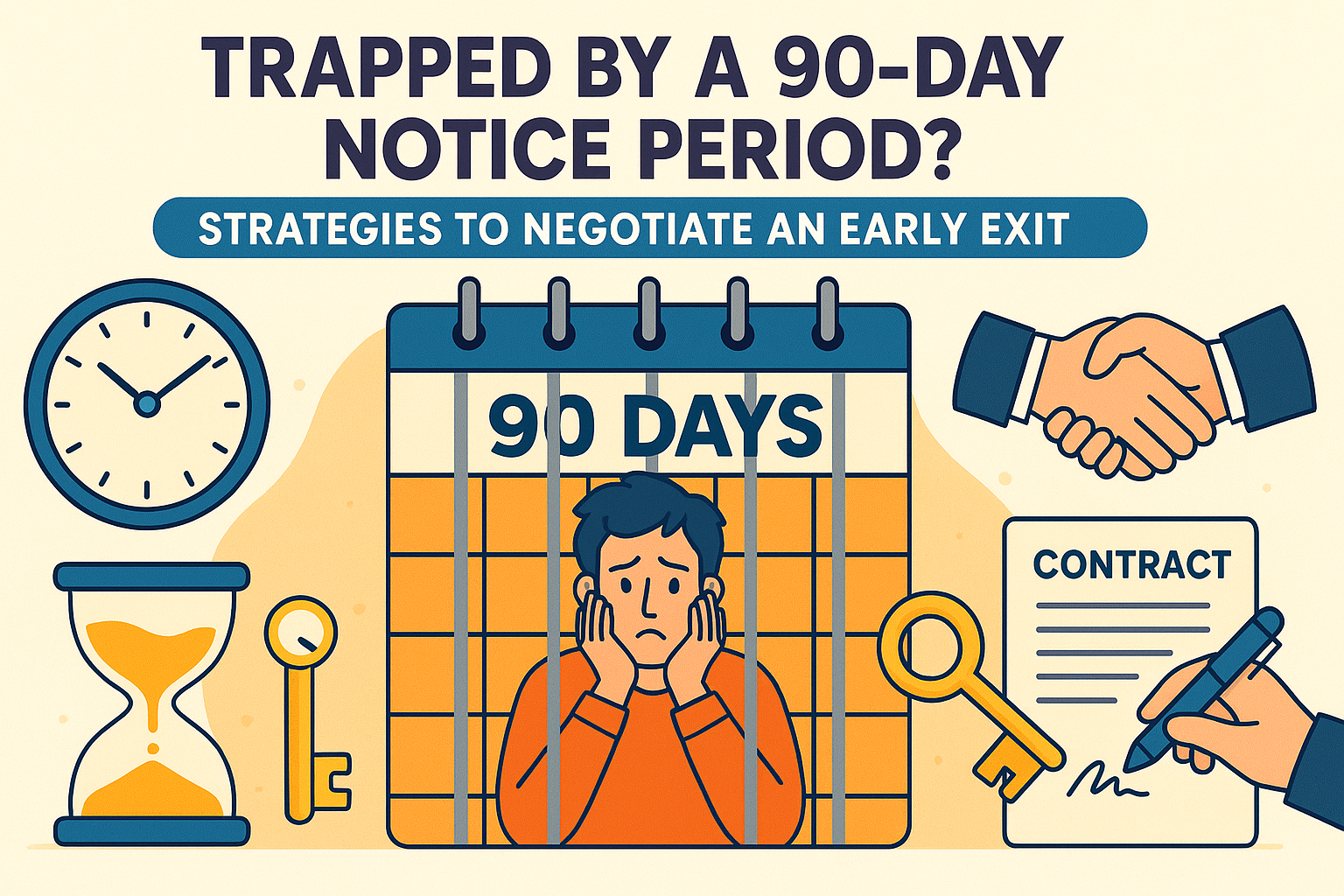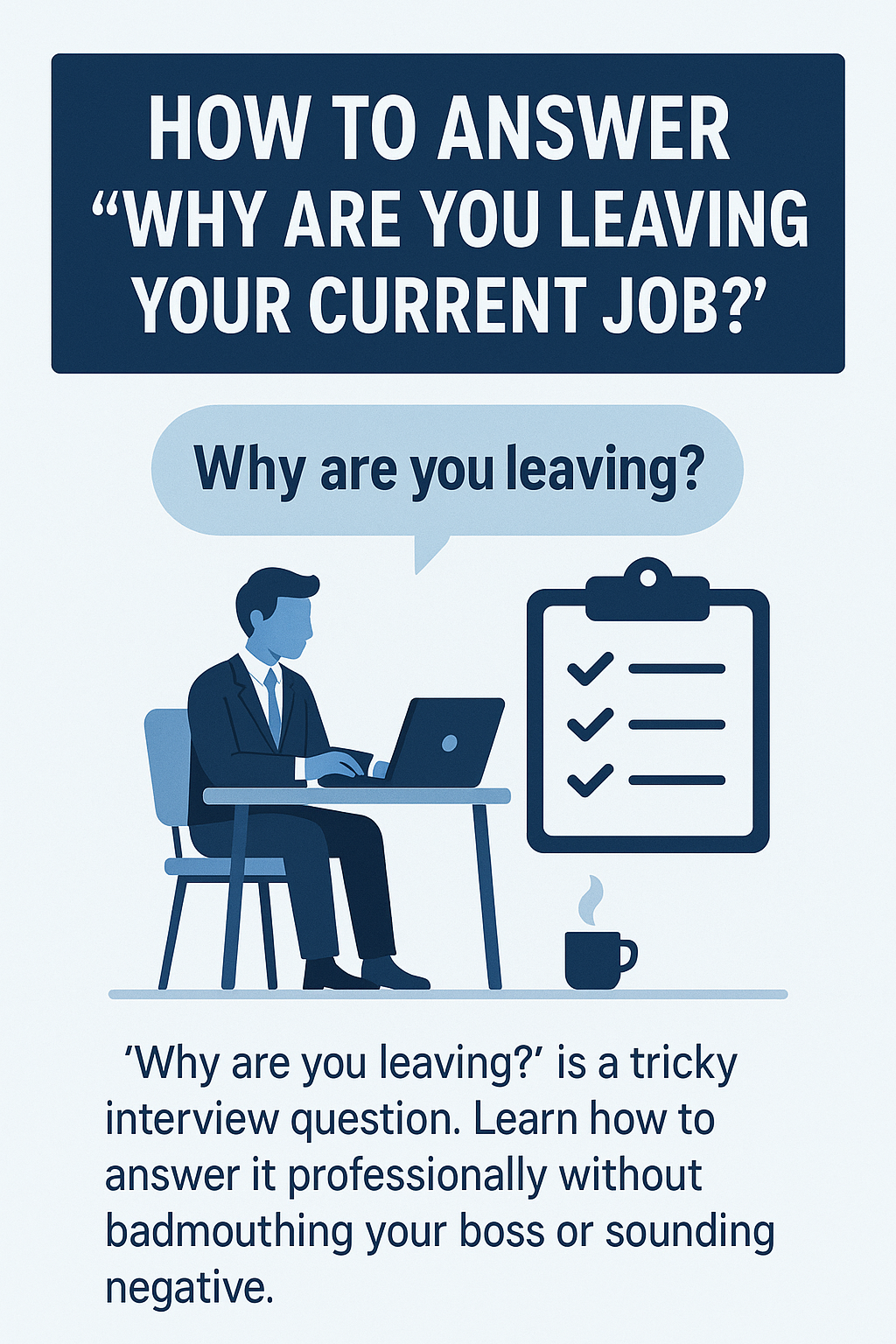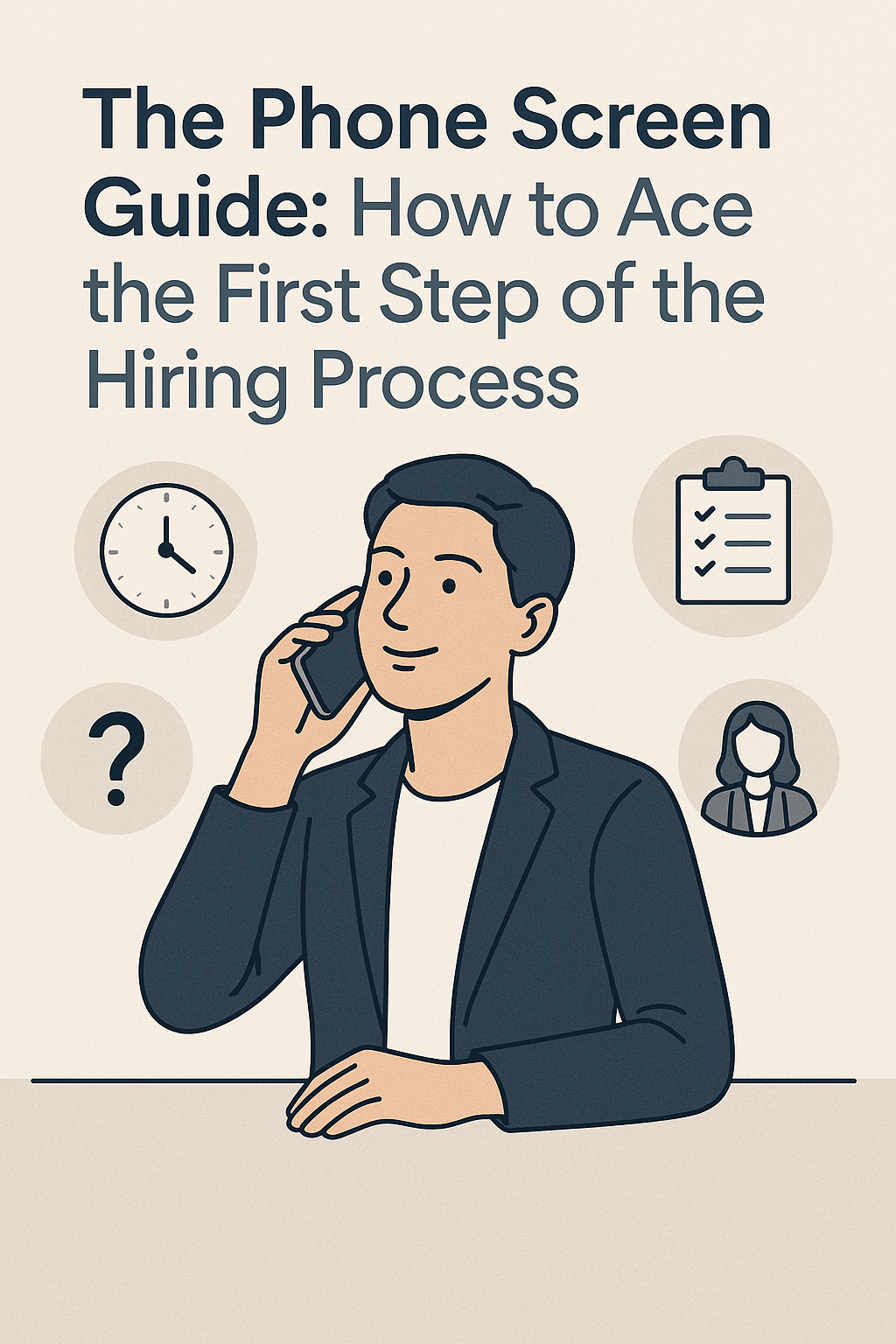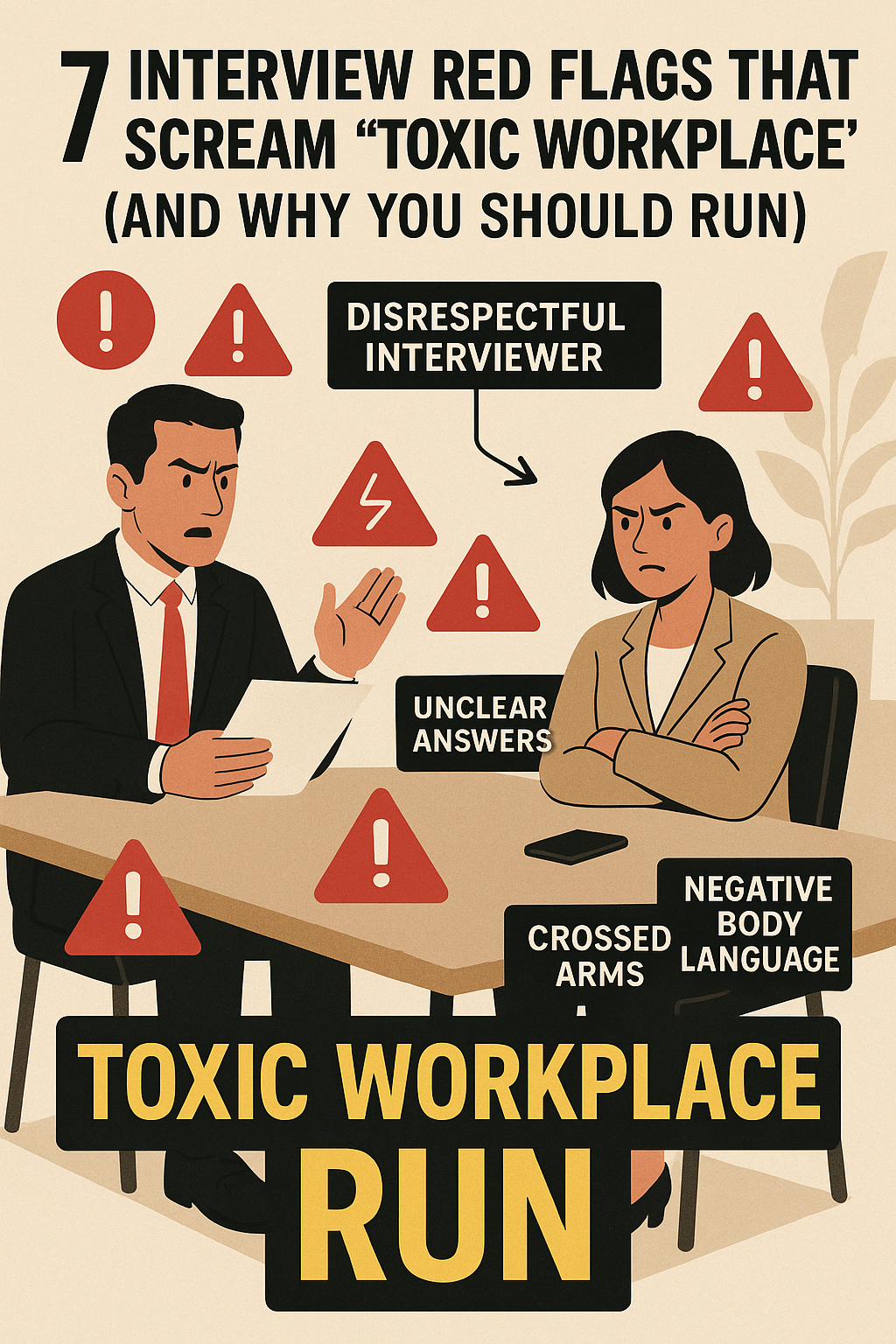
How to Job Search While Still Employed (A Confidential Guide)
The golden rule of career management is often cited as: "The best time to look for a job is when you already have one." You have a steady income, you're not desperate, and you have the leverage to be picky and negotiate for what you truly want. However, executing a job search while working a full-time job presents a unique and stressful logistical challenge. It feels like leading a double life.
You’re juggling your current responsibilities with the demands of a job hunt—sneaking out for phone calls, updating your LinkedIn profile without raising alarms, and taking "doctor's appointments" that are actually interviews. The fear of being "found out" by your current employer is real. If your boss discovers you are looking to leave, it could lead to awkward conversations, being sidelined for projects, or even immediate termination in some cultures.
Navigating this secretive process requires a blend of discretion, strategy, and careful time management. You need to be aggressive in your search but invisible in your methods. This guide is your confidential playbook. We will provide you with the strategies you need to conduct a stealthy, successful job search without jeopardizing your current position or burning bridges.
Rule 1: Lockdown Your Digital Footprint
The first place a suspicious colleague or boss will look is LinkedIn. You need to optimize your profile without broadcasting your exit strategy.
- Turn Off "Notify Network": Before you make a single edit to your profile, go to your LinkedIn settings and turn off the feature that notifies your network of profile changes. You don't want your boss getting a notification every time you tweak your headline.
- Don't Use the Green "Open to Work" Banner: While effective for the unemployed, the green photo frame is a public billboard that says "I'm leaving." Instead, use the "Open to Work" feature visible only to recruiters. This signals your availability to paid recruiter accounts while keeping it hidden from the general public (and likely your boss, unless they are a recruiter).
- Update Gradually: Don't overhaul your entire profile overnight. Make small, incremental improvements over a few weeks. Frame them as "professional branding" rather than "job hunting."
Rule 2: Master the Art of the "Stealth Interview"
Scheduling interviews is the biggest logistical hurdle. Here is how to manage it without raising suspicions.
- Prioritize Early Morning or Late Evening: Ask recruiters if they can speak before 9 AM or after 6 PM. Many are willing to accommodate working candidates.
- Use Your Lunch Hour Wisely: A "lunch break" is your most legitimate window of freedom. Use it for phone screens or quick video calls from a quiet coffee shop or your car (not your office desk!).
- Batch Your Interviews: If you have multiple interviews in a week, try to stack them on a single day and take a personal day or a half-day off. It looks far less suspicious to be out for one full day than to disappear for one hour every day for a week.
- The "Doctor/Dentist" Card: Use this sparingly. Overusing medical excuses can make people worry or get suspicious. Mix it up with "personal appointments," "home repairs," or "financial planning meetings."
Rule 3: Keep Your Work Performance High
This is counter-intuitive but critical. When you mentally check out, your performance often drops. This is the fastest way to get noticed for the wrong reasons.
- Don't SlacOff: Maintain your productivity. If your performance dips at the same time you start dressing better or leaving early, the dots are easy to connect.
- Stay Engaged: Continue to contribute in meetings and meet your deadlines. Leaving on a high note ensures you get a good reference later.
- Don't Use Company Resources: Never use your work email, work computer, or office printer for your job search. Employers can (and do) monitor these. Use your personal device and personal email for everything related to your search.
Rule 4: Network Carefully
Networking is essential, but you need to be discreet.
- Reach Out Privately: Don't post "Looking for opportunities!" on your feed. Send direct messages to trusted contacts.
- Be Explicit About Confidentiality: When you speak to recruiters or contacts, start by stating, "I am currently employed and conducting a confidential search. Please do not contact my current employer."
- Avoid References from Your Current Team: Do not list your current manager or colleagues as references until you have a signed offer in hand and have resigned. Use former managers or mentors instead.
Rule 5: Dress the Part (Without Raising Eyebrows)
If you work in a casual office and suddenly show up in a full suit on a Tuesday, everyone will know you have an interview.
- The "Change" Strategy: Wear your normal clothes to work and change into your interview outfit in a coffee shop or gym before your appointment.
- The "Upgrade" Strategy: Slowly start dressing a little bit nicer over a few weeks. If anyone asks, say you're just trying to be more professional or have plans after work. Then, on interview day, your blazer won't look so out of place.
- The Video Interview Advantage: For virtual interviews, you only need to look professional from the waist up. You can keep a blazer in your bag and throw it on for the call.
Conclusion: The Graceful Exit
Searching while employed is a high-wire act, but it puts you in the strongest possible negotiating position. By managing your privacy, maintaining your performance, and scheduling strategically, you can land your next great role without jeopardizing your current one.
When you finally do land that offer, you can resign with confidence, professionalism, and the knowledge that you handled your exit with class. To find opportunities worth making a move for, set up discreet and targeted job alerts that send the best roles directly to your personal inbox.
For more tools and resources to help you navigate your career moves, https://jobpe.com.

Creative Content Writer






